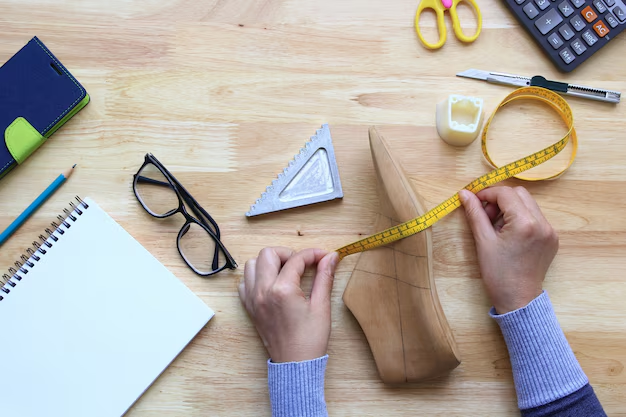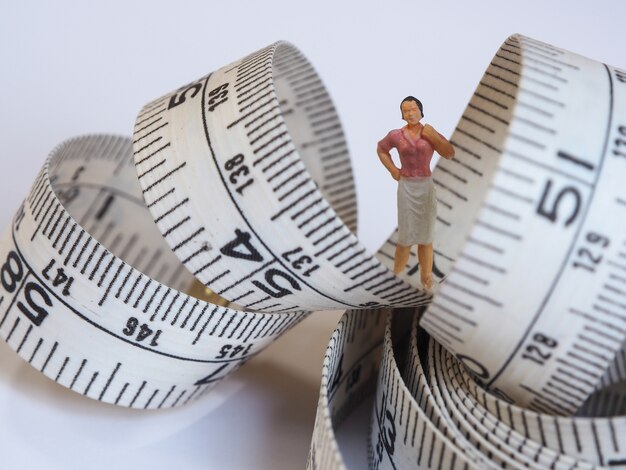1.5748 in – 625 square centimeters.

Have you ever found yourself tangled in the web of conversions between inches and centimeters? You’re not alone. This seemingly simple task can often cause frustration, especially if you’re working on a project requiring precise measurements. Whether you’re a math enthusiast or just someone looking to sharpen your skills, mastering these conversions can be incredibly useful. In this blog post, we’ll explore everything you need to know about converting inches to centimeters, using the intriguing example of 1.5748 inches to 625 square centimeters.
Why Understanding Conversions Matters
Conversions between inches and centimeters are more than just academic exercises—they have real-world applications that can simplify various tasks. From crafting and DIY projects to professional engineering and scientific research, accurate conversions ensure precision and efficiency. This blog will guide you through the essentials, equipping you with the knowledge to tackle any measurement challenge with confidence.
The Basics of Inches to Centimeters Conversion
Before we jump into the specifics, let’s cover the basics. The conversion factor between inches and centimeters is straightforward: 1 inch equals 2.54 centimeters. This constant is the key to transforming any measurement from one unit to the other.
Breaking Down the Conversion Factor
Understanding the conversion factor is crucial. Imagine you have a ruler marked in inches and you want to convert these measurements to centimeters. By multiplying the number of inches by 2.54, you can seamlessly switch to centimeters. For instance, 5 inches would be 5 x 2.54, which equals 12.7 centimeters.
Examples to Illustrate
Consider a piece of fabric that’s 3 inches wide. To find its width in centimeters, multiply 3 by 2.54, resulting in 7.62 centimeters. Similarly, if you’re measuring a book that’s 8.5 inches tall, it would be 8.5 x 2.54, or 21.59 centimeters. These examples highlight the simplicity and practicality of the conversion process.
Real-World Applications of Conversion
Home Improvement Projects
Imagine you’re renovating your home and need to buy tiles. If the store lists tile dimensions in centimeters but your measurements are in inches, accurate conversion is essential. For example, a tile that’s 10 inches by 10 inches would be 25.4 cm by 25.4 cm, ensuring you purchase the correct size for your space.
Academic and Professional Uses
In academic settings, particularly in STEM fields, converting measurements is a daily necessity. Whether you’re a student solving geometry problems or a scientist conducting experiments, understanding how to switch between units can streamline your work and prevent costly mistakes.

Deep Diving into 1.5748 Inches to 625 Square Centimeters
Step-by-Step Conversion Process
Now, let’s tackle our intriguing example—converting 1.5748 inches to 625 square centimeters. This process involves both linear and area conversions, providing a comprehensive understanding of how these units interact.
First, convert 1.5748 inches to centimeters by multiplying by 2.54. This results in approximately 4.000992 centimeters. Next, consider how this linear measurement translates into an area. Assume you’re dealing with a square, where each side measures 4.000992 centimeters.
Calculating Area
To find the area in square centimeters, square the side length:
\[ 4.000992 \times 4.000992 \approx 16.007936 \text{ square centimeters} \]
However, our target area is 625 square centimeters, which indicates that the initial measurement might be part of a larger dimension or different context. The key takeaway is understanding the conversion’s impact on dimensions and areas.
Quick Mental Conversion Tips
Rounding for Simplicity
For everyday tasks, rounding the conversion factor can speed up mental calculations. Instead of 2.54, use 2.5 as an approximate multiplier. This won’t be as precise but can provide a close estimate quickly.
Visual Aids and Mnemonics
Using visual aids like conversion charts or creating mnemonic devices can help reinforce memory. For instance, remember “2.54 is the magic door” to recall the conversion factor effortlessly.
Conclusion
Mastering conversions between inches and centimeters is a valuable skill that transcends academic curiosity. Whether you’re engaged in home improvement, academic research, or professional endeavors, understanding these conversions can enhance precision and efficiency. By practicing with examples like 1.5748 inches to 625 square centimeters, you’ll build confidence and accuracy.
We encourage you to try out more conversions on your own, share your experiences, and engage with our community. Your insights and questions can inspire others to explore the fascinating world of measurements. Let’s keep the conversation going and continue learning together.




